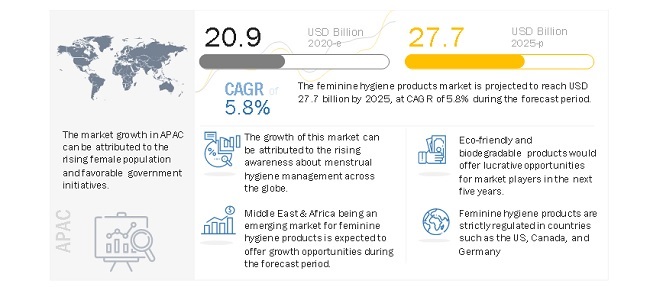
Literacy is a fundamental right and a springboard for eradicating poverty and broadening the mindset of society. The relationship between literacy and health has been the focus of much research and policy debates. According to UNESCO, people in the US with low literacy competency were found to be three times more likely to have an adverse health outcome as compared with those having a higher literacy rate. This also holds true in the case of women’s literacy regarding feminine health and hygiene.
Over the last decade, global agencies and organizations such as UNICEF and UNESCO have been active in raising literacy levels of young females in under-developed and developing countries as rising female literacy will have a positive impact on feminine health management. UNICEF also views menstrual health and hygiene as a fundamental right of women and girls and hence has termed it as a key objective in its Sustainable Development Goals (SDGs) for 2030. The rising literacy level among females is expected to have a positive impact on the overall feminine health management and thus is directly linked to the adoption of feminine hygiene products. As a result, rising female literacy is expected to drive the feminine hygiene products market.
To know about the assumptions considered for the study download the pdf brochure
The global feminine hygiene products market size is projected to grow from USD 20.9 billion in 2020 to USD 27.7 billion by 2025, at a CAGR of 5.8% during the forecast period 2020 to 2025. The market growth is driven by the rise in awareness about feminine hygiene management and the increasing disposable income of females.
Asia Pacific accounted for the largest share in the global feminine hygiene products market in 2019
Asia Pacific accounted for the largest share of the feminine hygiene products market in 2019. The countries considered for study in the Asia Pacific feminine hygiene products market include China, India, Japan, Indonesia, Malaysia, and Thailand. Growing disposable income, rapid urbanization, and awareness about menstrual hygiene management are driving the feminine hygiene products market in this region. Recently, the Indian government announced plans to invest USD 160 million in the Suvidha initiative, a scheme to ensure proper access to sanitary napkins in rural areas of the country. The government plans to provide biodegradable sanitary napkins to the masses at the cost of USD0.00014 through this scheme. The government plans to involve high net worth individuals (HNIs) and corporates to assist in distributing sanitary napkins to underprivileged women across the country. These developments will further boost the demand for feminine hygiene products.
Johnson & Johnson (US), Procter & Gamble (US), Kimberly-Clark (US), Essity Aktiebolag (publ) (Sweden), Kao Corporation (Japan), Daio Paper Corporation (Japan), Unicharm Corporation (Japan), Premier FMCG (South Africa), Ontex (Belgium), Hengan International Group Company Ltd. (China), Drylock Technologies (Belgium), Natracare LLC (US), First Quality Enterprises, Inc. (US), Bingbing Paper Co., Ltd. (China), TZMO SA (Poland), Quanzhou Hengxue Women Sanitary Products Co., Ltd. (China), Rael Inc (US), Redcliffe Hygiene Private Limited (India), The Keeper, Inc. (US), STERNE (India), MeLuna (Germany), Diva International Inc. (Canada), Tosama (Slovenia), Premier Care Industries (US), Lambi (Mexico), Hygienic Articles (Mexico), Alyk, Inc. (US), Cotton High Tech – Cohitech (South Africa), and Sirona Hygiene Pvt Ltd. (India), among others are the key players operating in the feminine hygiene products market.
Request for Sample Report: https://www.marketsandmarkets.com/requestsampleNew.asp?id=69114569
